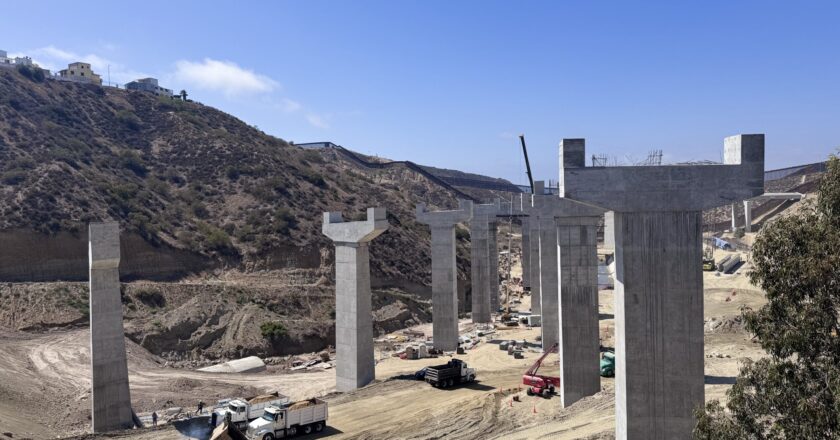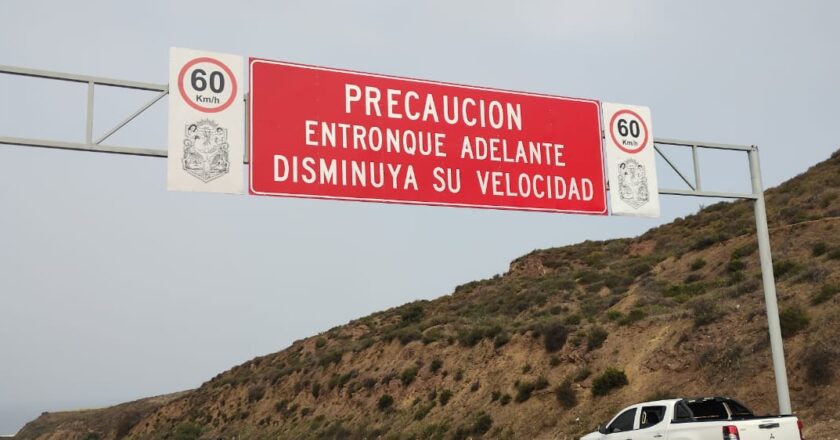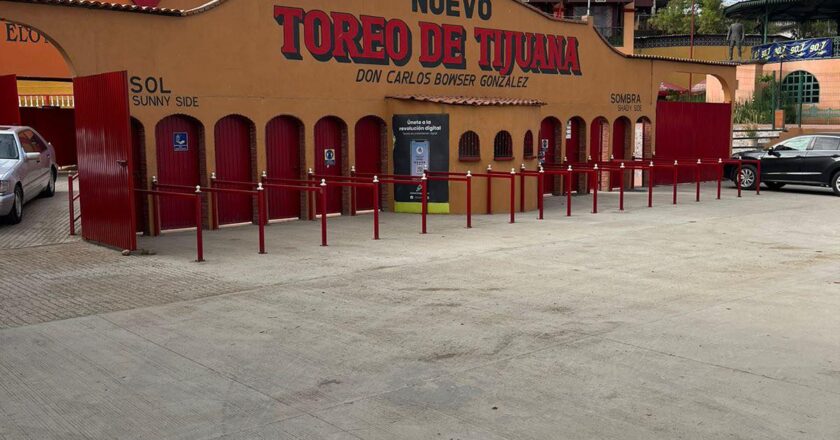If you were hoping to cruise above Tijuana’s daily traffic chaos by next year… slow down. The Viaducto Elevado—that shiny, …


If you were hoping to cruise above Tijuana’s daily traffic chaos by next year… slow down. The Viaducto Elevado—that shiny, …

Drivers on the Tijuana–Rosarito 2000 highway might notice some new changes—and they’re not just cosmetic. The state’s infrastructure department (SIDURT) …

On Thursday, May 8, Baja officials announced the results of their latest disarmament campaign—and the numbers are wild. In Tijuana, …

In a wild twist, Mexican authorities uncovered what felt more like a jungle than a city home. This weekend, things …

Since Sunday, several neighborhoods in Otay have gone without water. A busted 18-inch pipe on Bellas Artes Boulevard caused the …

An event with a purpose, not just a swing. On May 22, Fundación Mi Chante will tee off at the …

Their mission: strengthen public safety in high-risk neighborhoods. This week, 400 specialized agents were deployed to Tijuana as part of …

After nearly a year of silence in the bullrings, bullfighting is making a comeback in Baja California. A federal court …

Suspect escapes despite choppers, drones, and elite forces Just when Baja officials were patting themselves on the back over dropping …

On June 1, every citizen in Baja California will be hit with one of the most daunting ballots in history—over …